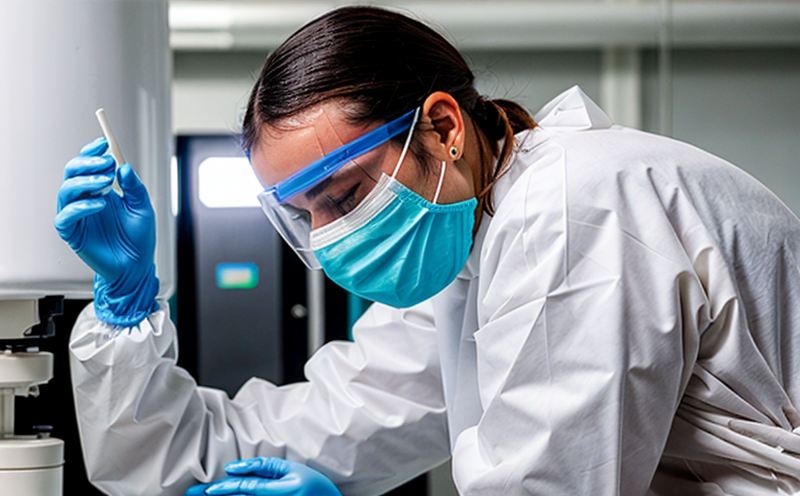Photobiological Safety Testing
Photobiological safety testing is a critical aspect of ensuring products that emit light do not pose risks to human health. This encompasses the evaluation and assessment of the potential for harmful effects from exposure to visible light, ultraviolet (UV), or infrared radiation. The primary goal is to ensure compliance with international standards such as IEC 62471, which defines photobiological safety classes based on the emitted wavelengths.
The testing process involves several key steps that are essential for determining whether a product adheres to safety limits set forth by regulatory bodies. The first step is to identify the specific light source and its emission spectrum, which helps in classifying the device according to photobiological risk levels. This classification is crucial as it determines the necessary precautions required during testing.
The next stage involves setting up the test environment, ensuring that all variables such as room lighting, temperature, and humidity are controlled within specified parameters. Specimen preparation plays a vital role in this process; specimens must be mounted correctly to simulate real-world conditions accurately. This includes considering factors like viewing distance, angle of exposure, and duration of exposure.
Once the specimen is prepared, it undergoes rigorous testing using specialized equipment designed to measure irradiance at various points around the light source. Irradiance measurements are critical as they help in determining whether a product complies with its designated class level. Compliance with these standards ensures that users and consumers are protected from potential health hazards associated with prolonged exposure.
After completing all necessary tests, detailed reports are generated summarizing findings and recommendations for any modifications needed to meet regulatory requirements. These reports serve as important documentation for manufacturers, ensuring they stay compliant with current legislation while also providing valuable insights into product design improvements.
- Measurement of irradiance at multiple angles around the light source
- Documentation of environmental conditions during testing
- Classification of the light source according to IEC 62471 standards
- Identification of any potential risks associated with prolonged exposure
Eurolab Advantages
At Eurolab, we pride ourselves on offering comprehensive photobiological safety testing services tailored to meet the needs of our clients. Our experienced team leverages advanced technology and state-of-the-art facilities to provide accurate results that ensure compliance with relevant international standards.
We understand that every client has unique requirements, which is why we offer flexible solutions that can be customized based on your specific needs. From initial consultation through final report delivery, our dedicated professionals are committed to delivering high-quality service and support throughout the entire process.
Our commitment extends beyond just meeting regulatory requirements; it also includes providing valuable insights into product performance and potential areas for improvement. By leveraging years of experience in this field, we can help you make informed decisions that contribute positively towards your business goals.
Quality and Reliability Assurance
- Regular calibration and maintenance of testing equipment to ensure accuracy
- Ongoing training for staff to stay current with industry developments and best practices
- Implementation of strict quality control measures during specimen preparation
- Comprehensive documentation of all test procedures and results
International Acceptance and Recognition
The photobiological safety testing conducted at Eurolab is recognized globally for its accuracy and reliability. Our services are accepted by numerous regulatory bodies worldwide, including those in Europe, North America, Asia-Pacific, and beyond.
This recognition ensures that the results obtained from our tests can be relied upon when making decisions about product compliance or seeking approvals from various markets. It also enhances trust between stakeholders involved in light-emitting product development cycles by providing consistent, high-quality assessments.





